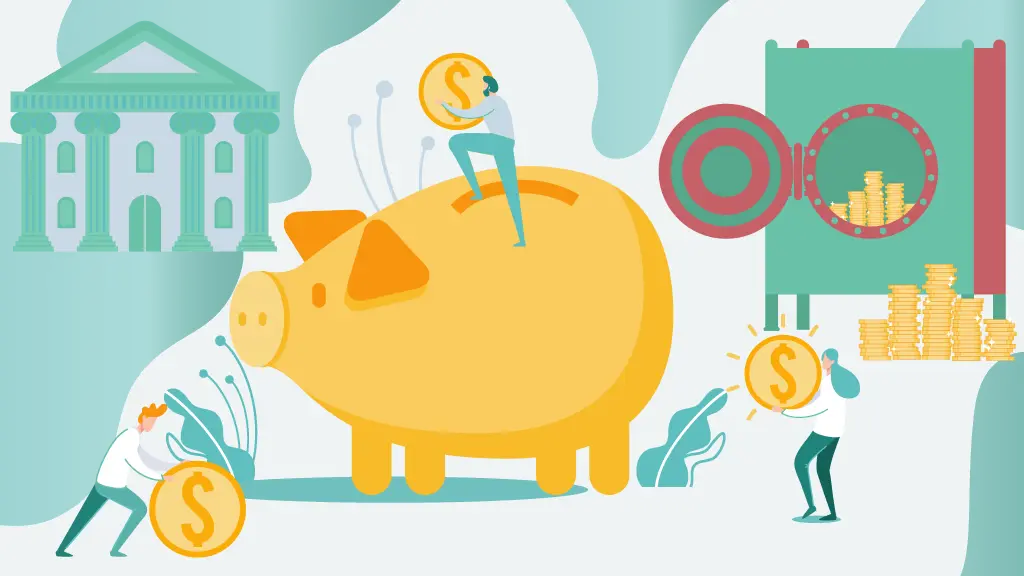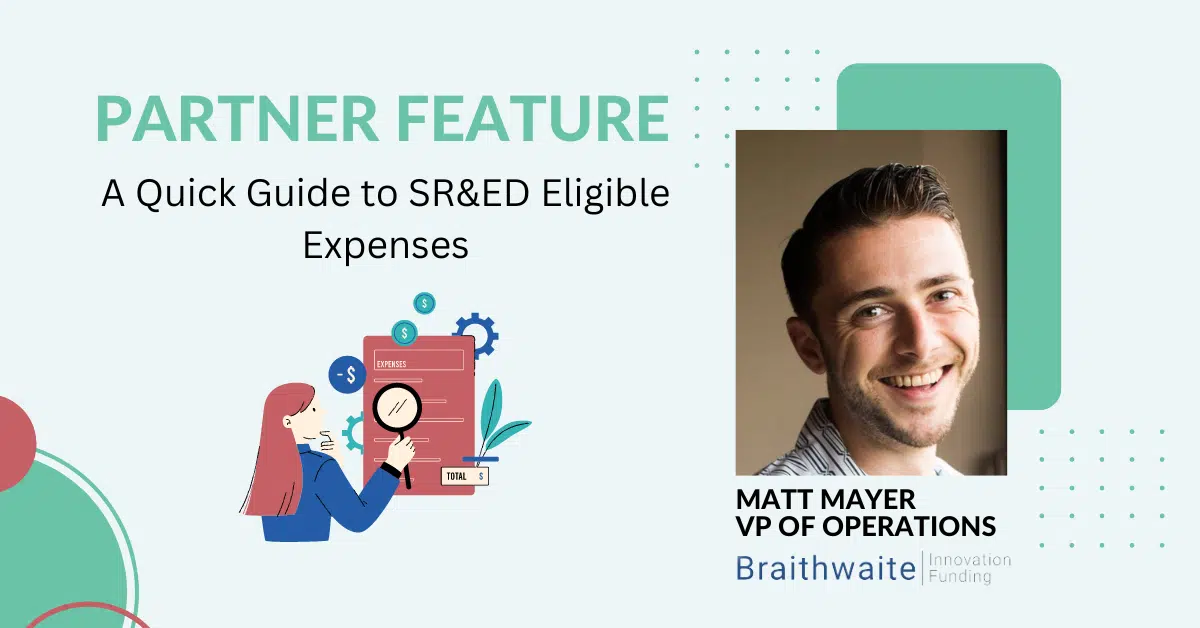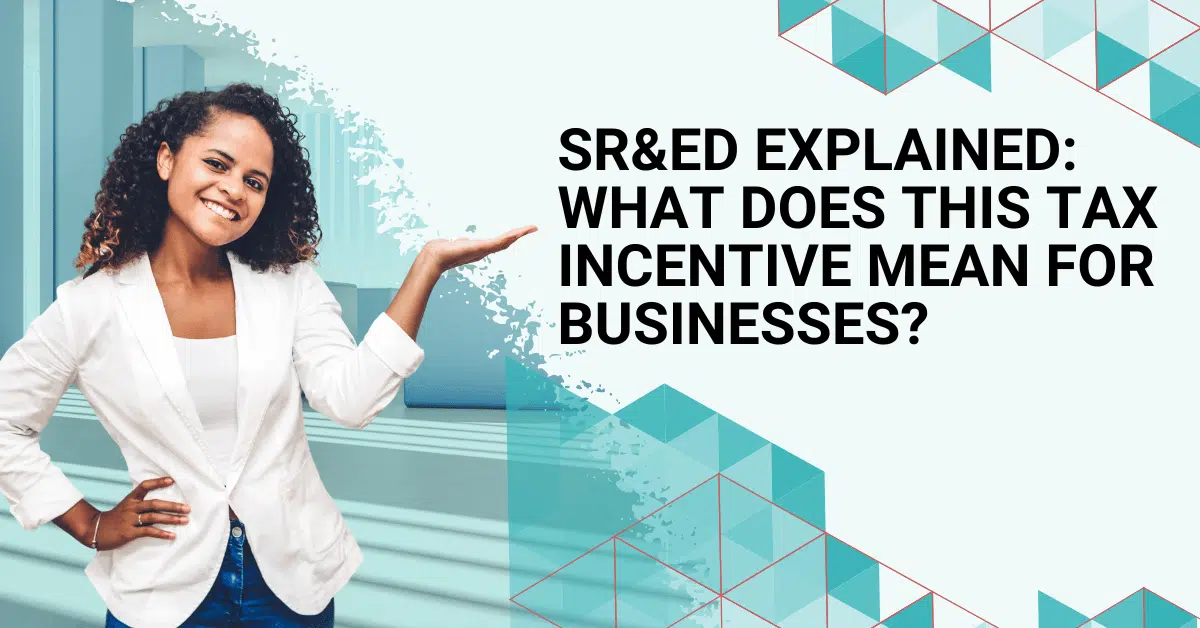Reading Time: 3 minutes
As a founder, some of your biggest responsibilities are setting strategy, hiring the right people and maintaining cash runway. A startup’s runway is the number of months it can operate before it runs out of money. Just like a plane, a startup needs the perfect runway to reach its goals smoothly and efficiently. Since one of the biggest reasons startups fail is because they run out money, calculating your runway correctly allows you to plan when to fundraise to keep your startup going.
How to calculate runway
To calculate your runway accurately, you need to have an accurate number for your net burn rate. To get this number, you need to know how much your revenue and expenses are and how much money you currently have on your balance sheet.
Net Burn Rate = Revenue – expenditure
For example, if you’ve made $10,000 and spent $15,000.
Your burn rate = 10,000 – 15,000 = -5,000
Calculating your cash runway follows a simple formula:
Cash Balance/Net Burn Rate = Months of Runway
Now let’s say that your startup’s cash balance is $50,000
$50,000/$5,000 = 10 months of runway
But you shouldn’t stop there when calculating your runway. If you just look at historical data, your runway will be inaccurate. Simply, because your company today is not where it was a year ago and it shouldn’t be where it is now in a year. Expenses often grow with the company so make sure you plan around the upcoming year and your growth plan. It’s also important to be conservative with revenue estimates as unexpected circumstances could affect your actualized revenue, especially if you’re an early-stage startup.
How long should your runway be?
Each company has its own goals and therefore its own perfect runway. However, the ideal runway for Seed and Series A startups is between 15 to 18 months and 18 months for Series B. This gives you about a year to hit your goals and a few months to prepare for your next round. An 18 months runway also means you have a bit of cushioning in case you face a roadblock along the way.
At times of uncertainty, it’s better to have a longer runway. So, if you’re currently fundraising, it might be a good idea to raise a little more than you need to insulate your account receivables or have some extra money on the side in case of an emergency. While it’s always easier to get money when you don’t need money, you don’t want to overdo your funding round and sell too much equity at a lower valuation. It all boils down to your cashflow forecasts. The more accurate they are, the more confident you can be about your funding strategy,
If your runway is short, you need to consider your options and see how you can get more capital to keep your company going.
How to extend your runway
There are several ways you can extend your cash runway. Most of them require work and dedication on your part so you need to evaluate your options and see which one makes the most sense and fits within your timeline.
Increase revenue
While it is a no-brainer, you may find that it’s easier said than done. However, you may be able to find a way to upsell to current customers, charge a premium for a new feature, or cater to a new type of customers with minimal investment. Remember you don’t want to increase your costs, so focus on your ROI.
Reduce costs
This is another obvious course of action but it’s equally important. If you take a look at your budget, you might find inefficiencies that you can cut such as a subscription you don’t need. You could also look into automating more of your work and placing a hiring freeze during tough times. Reviewing your budget and costs regularly can help you stay on top of your game and ensure that you’re only spending money on what’s building the business.
Raise additional equity
If you plan in advance and the stars align for it to be the perfect timing for raising around you’re in luck. Raising equity is a long process that will require a lot of your time and dedication. If you don’t have the time, you can consider approaching your current investors or raising funds from your board.
Raise debt
Acquiring venture debt could the fastest and most efficient way to raise capital. It usually takes from 2 weeks to a month from your first contact to cash in your bank account. So, a loan could be the best solution if you’re expecting a cash crunch in the near future or if you just need a few more months to close your next funding round. Since it’s non-dilutive, venture debt is also a useful instrument for founders who want to bootstrap their companies and hold on to ownership until they’re at a point where they can sell equity at a higher valuation. While you pay interest, a venture debt facility is generally more cost-efficient than capital. With that being said, the debt to equity ratio should be no more than 30%.
If the first quarter of 2020 has taught us anything, it’s that you plan and the economy laughs. Having a cash reserve is crucial for your startup to survive the unexpected.
For your startup to make it, you need funding and investment; that’s why we at Venbridge work with tech companies in Canada to help them access the funding they need in order to invest in growth and extend their runway. If you’re getting ready for your Seed or Series A and need cash to keep your growth trajectory, contact us and we’ll be happy to chat on how we can make it happen.




